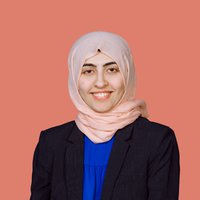Biotechnology & medicine
Ann-Na CHO
The first tissue-engineered brain organoid that supports diverse neuroscience applications from neurodegeneration to virus infection.

Asia Pacific
Pengju LI
Minimally invasive, high-resolution, and random-access optoelectronic pacing of an adult pig’s heart in vivo.

MENA
Somaya A. M. AlBhaisi
Revolutionizing MASLD prevention and treatment through personalized interventions.

Japan
Masahiro Kanai
Leading international research that unravels the genetic factors behind COVID-19 infections.

MENA
Basem Al-Shayeb
Enabling multi-kilobase edits for treating rare genetic diseases with high allelic diversity.
